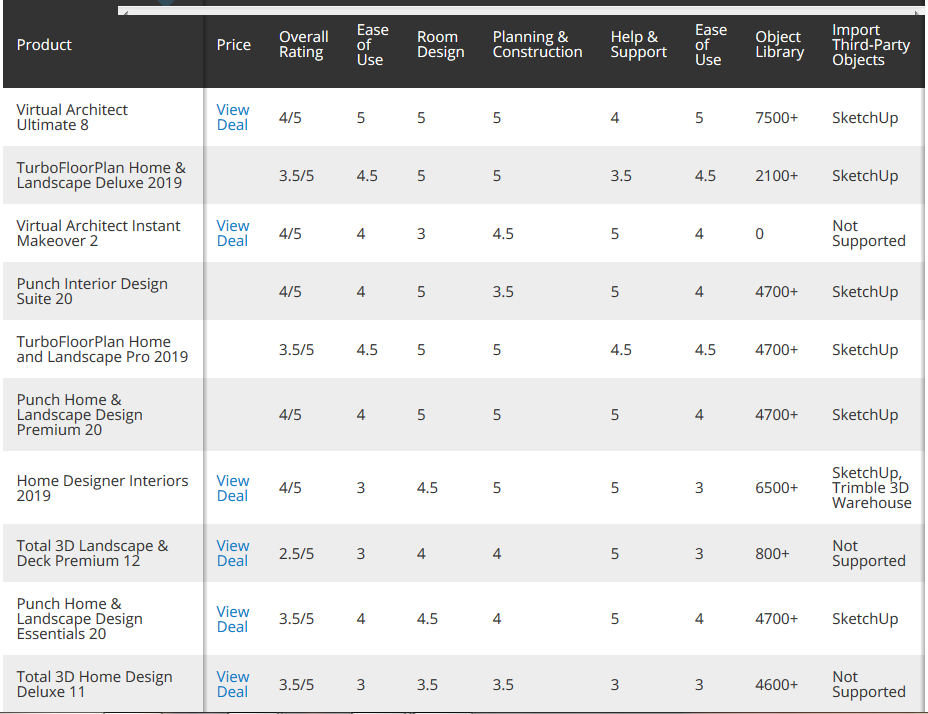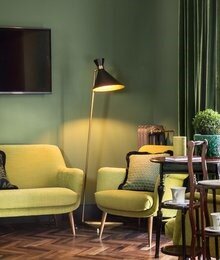In a previous post, we shared some highlights from our booth at fall market 2019. While this may have been a bit self-indulgent, it was also fun and, we hope, illuminating to share some of the latest trends from the lines we represent.
However, in an effort to broaden the view of the latest design trends (so to speak), we thought it would be helpful to remind you that the High Point Market 2020 Winter/Spring Style Report has been released.
After all, we share posts on design trends regularly ourselves so, it seems to make sense to occasionally examine what others find interesting. What better way than a report that puts it all in one place for you? (They offer a link to download the report in pdf format.)
From the report: “Texture and statement case good pieces were the talk of the town. Caning on everything from chairs to beds – reinterpreted in ways that made it easy to use in designs outside of a coastal aesthetic – was prevalent in most of the major showrooms. Pieces with fluid and organic forms were spotted for their unique high style, and large-scaled hardware adorned case goods that stopped us in our tracks.
“Bold color and large-scale patterns made a big splash on upholstery. Leopard was trending in both large and mini scales, as well as every color imaginable. Big bold florals are also making a comeback. The Style Spotters all seem to agree that color is again on the uptrend.”
A Focus on Texture Makes a Splash
From fabrics to finishes and upholstery to treatments, the trend for next year is toward textures that add depth and a sense of luxury to even the smallest pieces. This focus on the feel of a space makes even lighting an important and impactful component of the use of texture.
Unexpected Textures
“Interesting materials used to create unexpected textures was another trend we spotted during Fall High Point Market. Bernhardt hit it out of the park with the introduction of their new outdoor furniture collection. The Wailea Chair was a favorite – the braided frame looked like it could be quite solid from a distance but was soft and luxurious to the touch.” – Courtney McLeod
Artistic Textures
“The Fresco Countryside 2 art-piece at Wendover Art Group, by Lilian August was also a show-stopper. The image was soft and beautiful with layers of patina, cracks, and interesting brush techniques. Here again, the piece drew you in.” – Laura Thurman
Lighting that Enhances & Illuminates Textures
“There was no shortage of fierce illumination at Market. It was by far my most spotted category, and what made me feel the most inspired. The hand blown glass Chinois Pendant Light by Niche at Mill Collective was to die for. It was a perfect representation of global and cultural expression, translated into modern and practical application. The pendant shape is inspired by traditional Chinese lanterns. Color and form played a huge role in all the lighting... [with] special attention to the blending of materials and finishes.” – Laura Thurman
Touchy-Feely Textures Give us the Feels!
“So many items invited you to move closer and touch them. Be it the slick, smooth surface of the Miranda Kerr Nightstand at Universal Furniture, or the organically shaped Cliff Console Table at Noir, the manipulation of materials and texture piqued my curiosity.
“My favorite, however, were the deliciously soft pillows and quilts by Aloka for Signature Pillows. This was their first Market, and their product did not disappoint. Their items are made from layers and layers of vintage Indian saris that have been over-dyed and block-printed. Because of the material’s life cycle, and Aloka’s unique process, these saris are incredibly soft and durable. Plus, they tell an honest and soulful story.” – Laura Thurman
Of course, this year’s style report from fall market 2019 has a great deal more to offer than a focus on texture and we plan to share more of their 2020 design trend insights in future posts… Stay tuned!
Looking for more new home furnishing collections, news about fall market, the latest interior design trends, marketing tips, and ideas? Get in touch with TD Fall today.

































